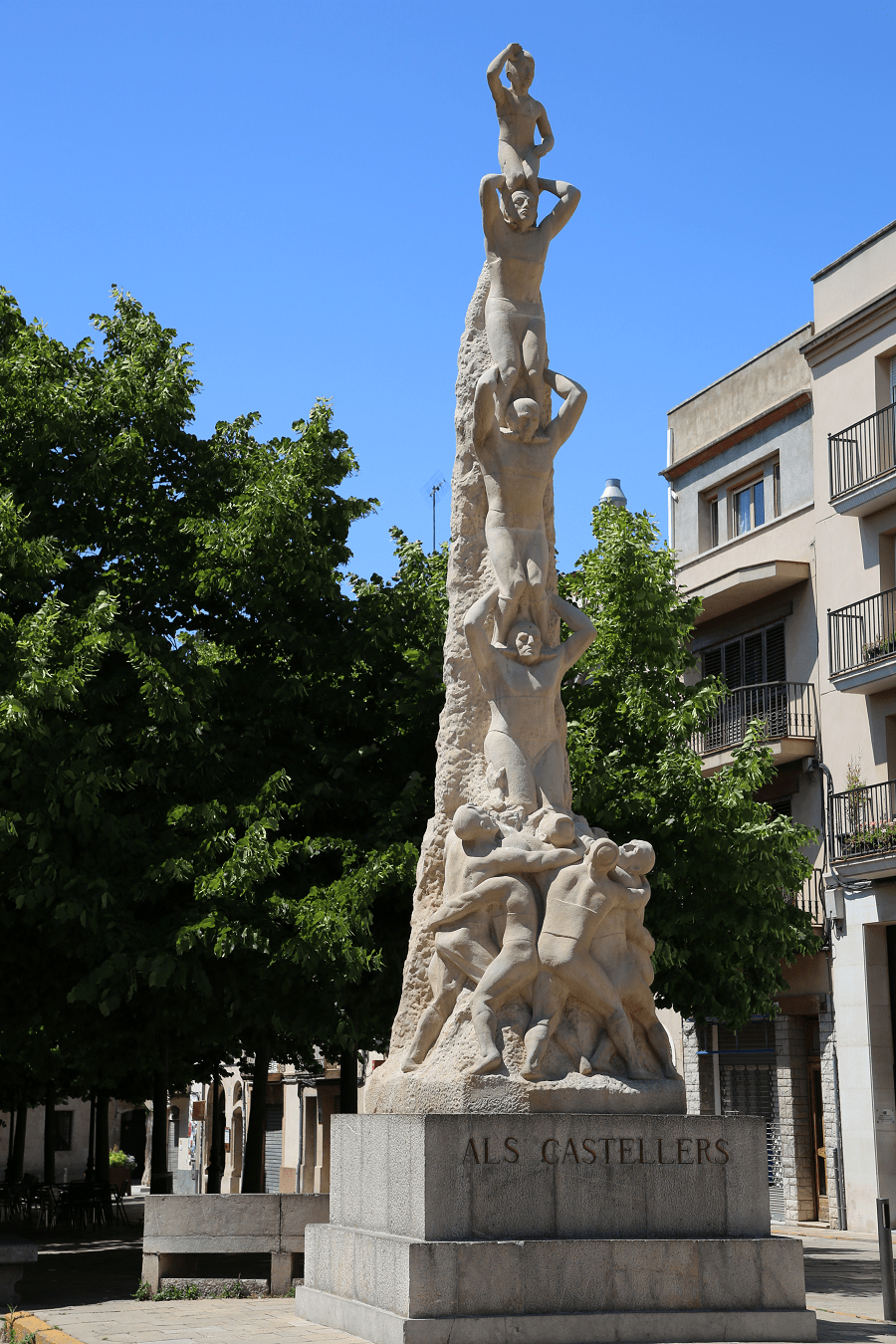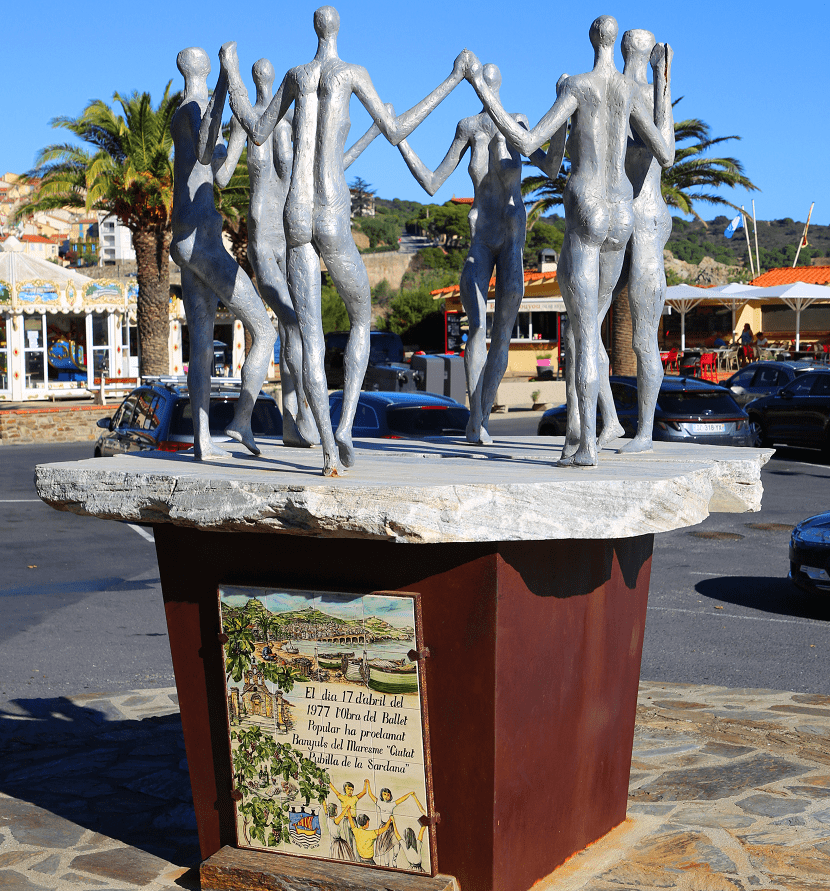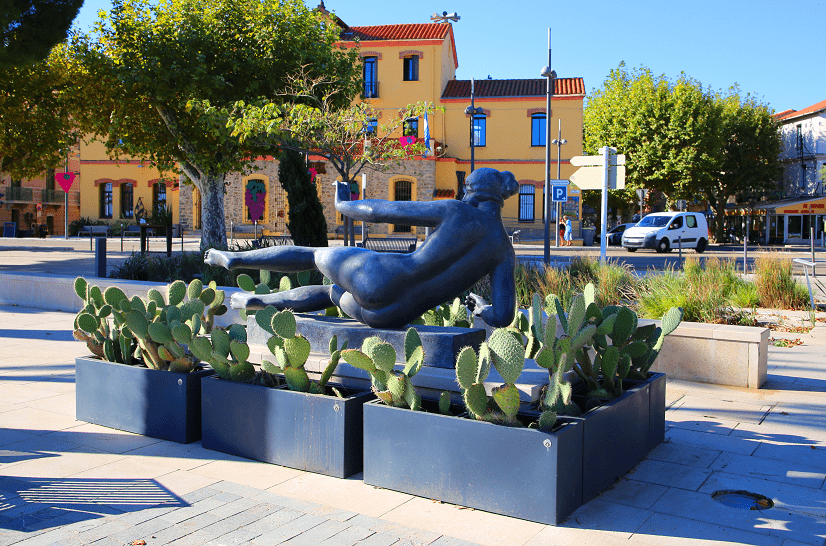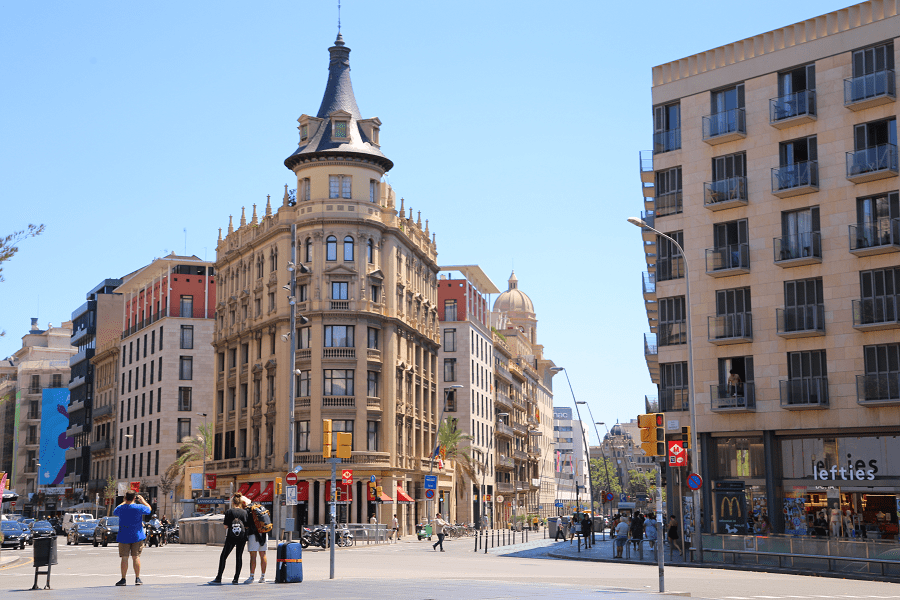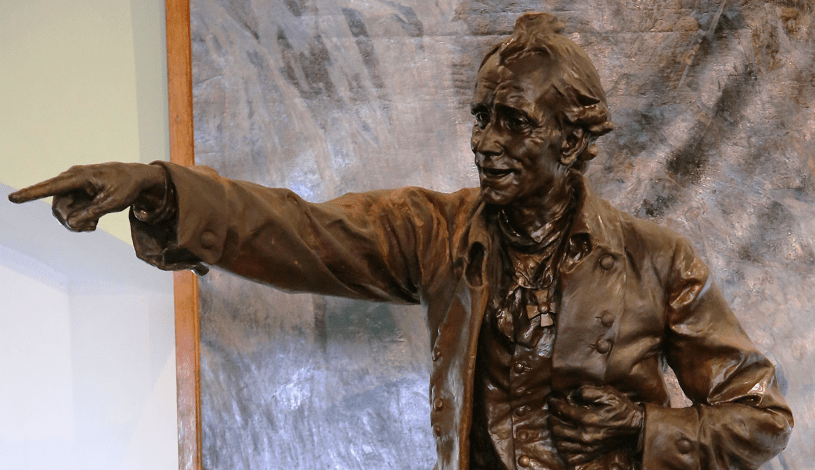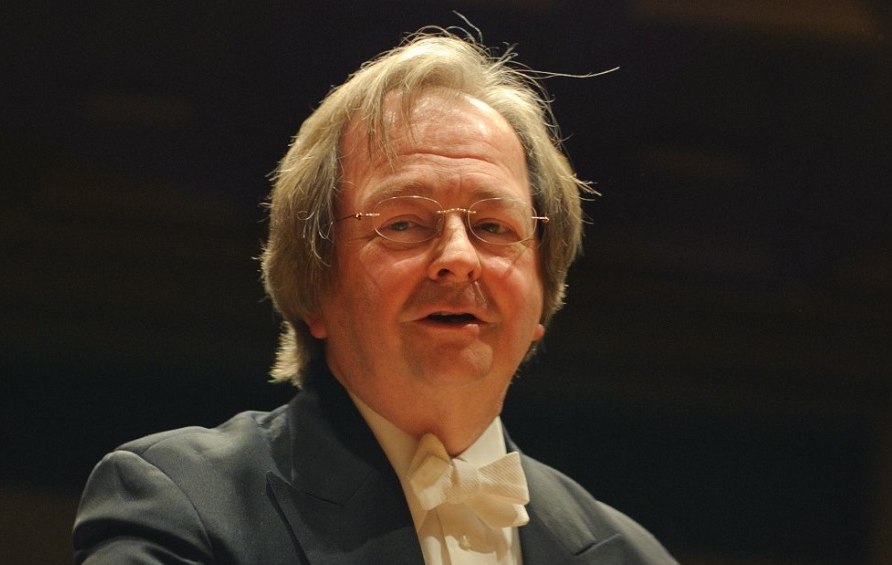The Castells (cat. Castell) are the human towers that were built as the expansion of the Valencian Muixeranga (Spain) more than 200 hundred years ago (there are references to them as early as the 18th century) – in the Camp de Tarragona and Vilafranca del Penedès. From the 80s of the 20th century, castles gradually spread throughout Catalonia (including Northern Catalonia) and the Balearic Islands. They are a very powerful symbol of Catalan identity and culture. Since November 16, 2010, the castles have been an Intangible Cultural Heritage of Humanity by UNESCO.
The almost 100 groupes currently in existence are made up of several people with the aim of building castles of varying complexity. The most common constructions have the basic structures of one pillar, two towers, three, four and five (although constructions of up to 10 castellers on each floor have been recorded). In terms of height, a very small number of groupes have managed to build ten-storey castles (according to the way of counting the floors coming from the origins – Ball dels Valencians – when the two members that culminate the castle are they put full rights).
The castell was built in two phases. First, the pinya— the base of the tower — was formed. People forming higher levels of the tower move to a position from which they can easily get to their places in the tower. This was done slowly and carefully, and, as subsequent base levels were completed, the castellers in the pinya determined if their base was solid enough for construction to continue . Then, when the signal to proceed was given, a hush came over spectators and the bands began to play the traditional Toc de Castells music. The upper layers of the tower were built as quickly as possible in order to put minimal strain on the lower castellers, which bore most of the weight of the castell. The disassembly of the castell, done amidst the cheering of the crowd, was often the most treacherous stage of the event.
Aside from the physical and technical preparation or the enormous social support of the casteller phenomenon, the element that was considered the most determining factor in this spectacular evolution was the incorporation of women in a popular and festive event reserved, until three decades ago, exclusively for men.
There have only ever been four recorded mortalities from participating in castells. Since the introduction of helmets, there have been no cases of traumatic brain injury among children participating in castells.
The Catalan colles castelleres have a coordinator that regulates and manages their activity: the Coordinadora de Colles Castelleres de Catalunya. This organization welcomes and includes the castelleras groupes that make castles from six floors. According to the Coordinator’s census, in 2019, there were 12,000 practicing castellers.
See also Pyrenees travel guide
See also France travel guide
See also Spain travel guide
See also Andorra travel guide



